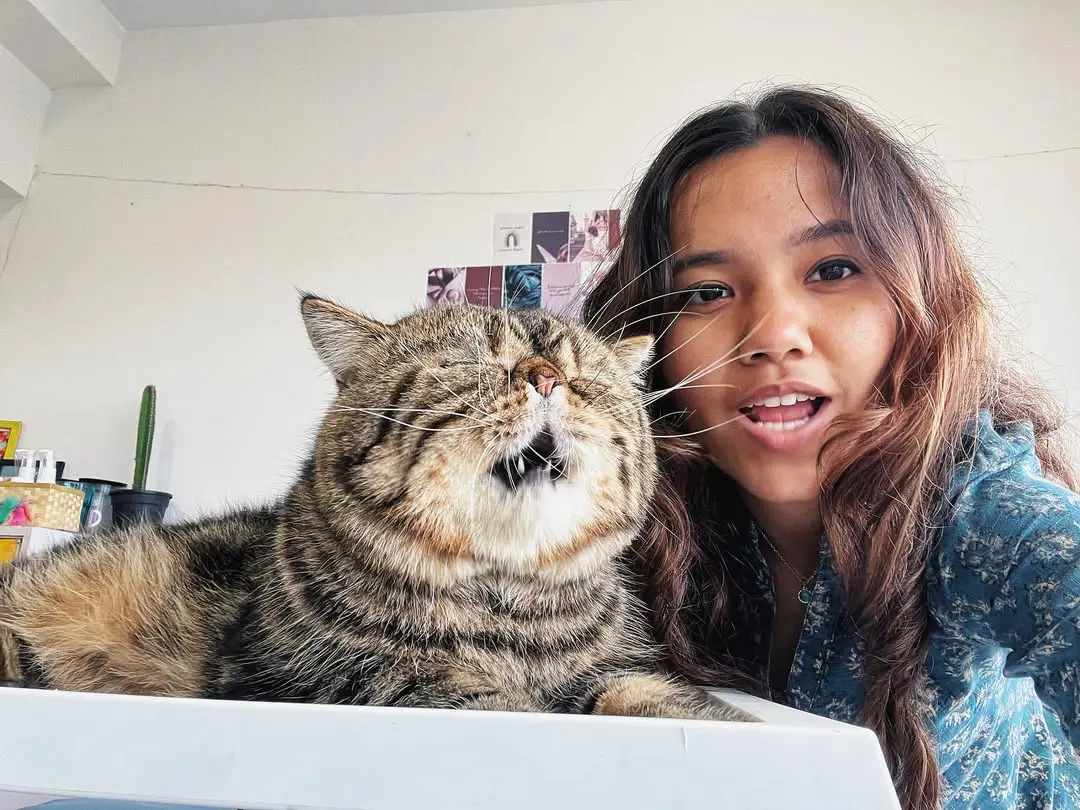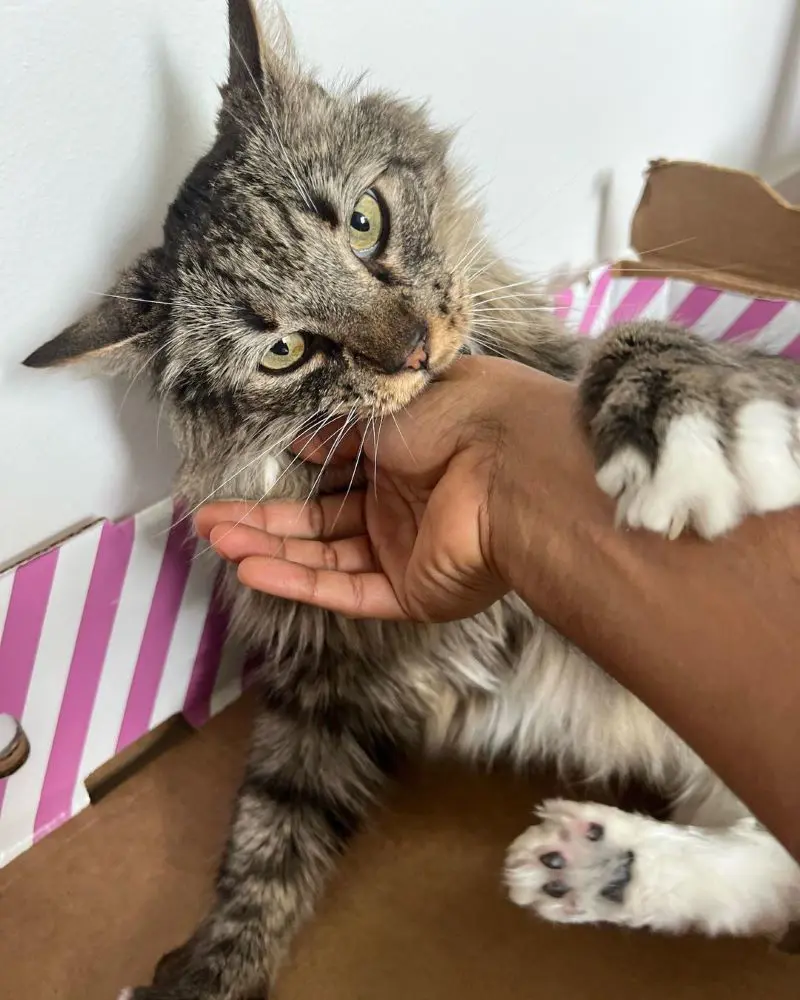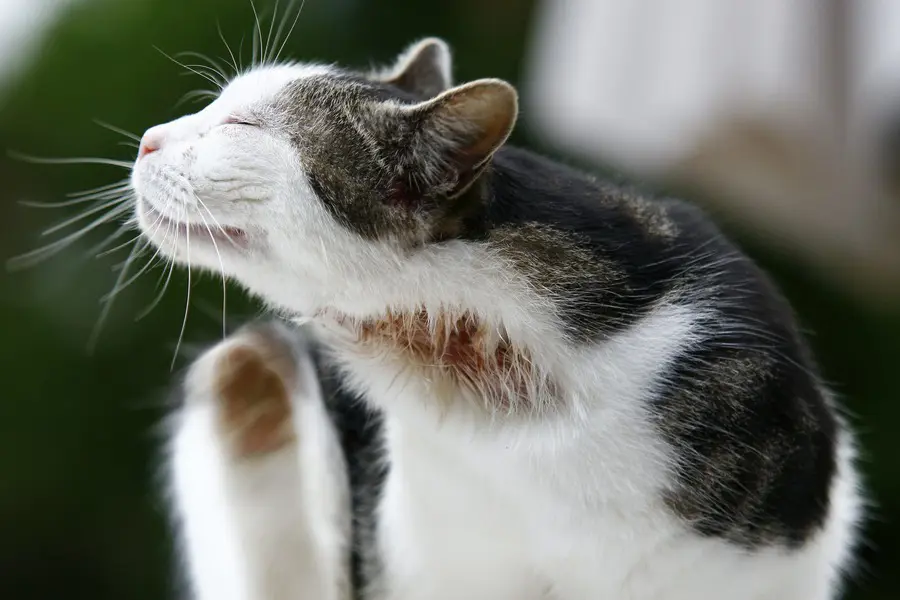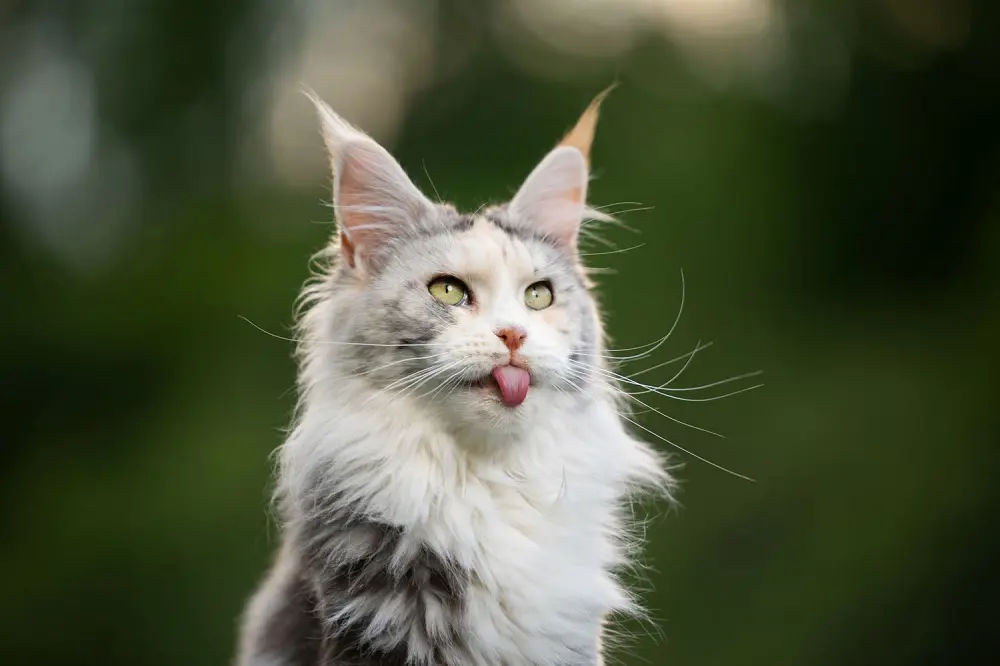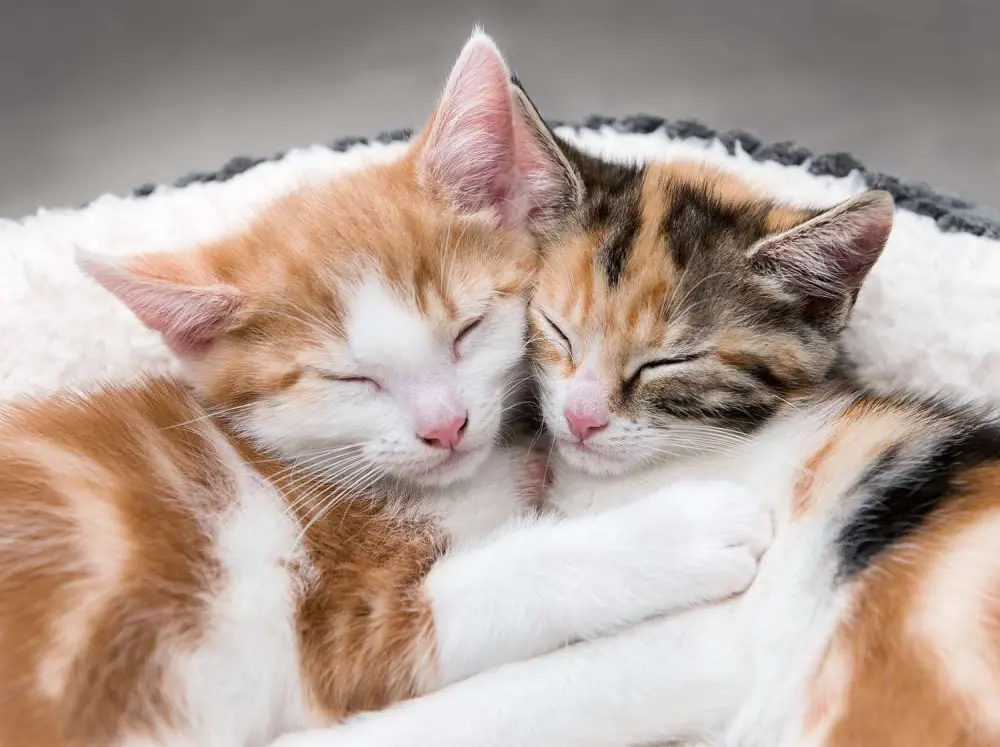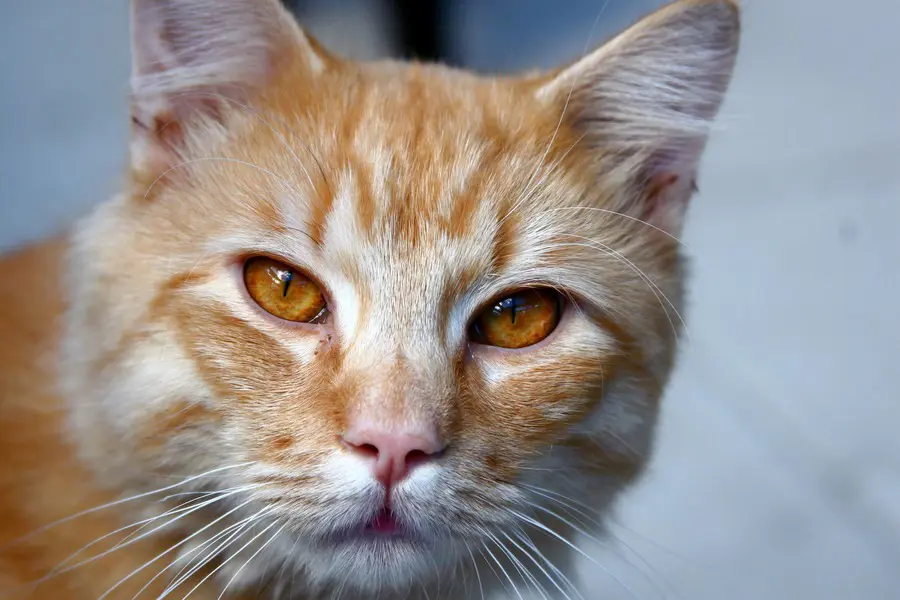Blood in Cat Stool: What Does It Mean?
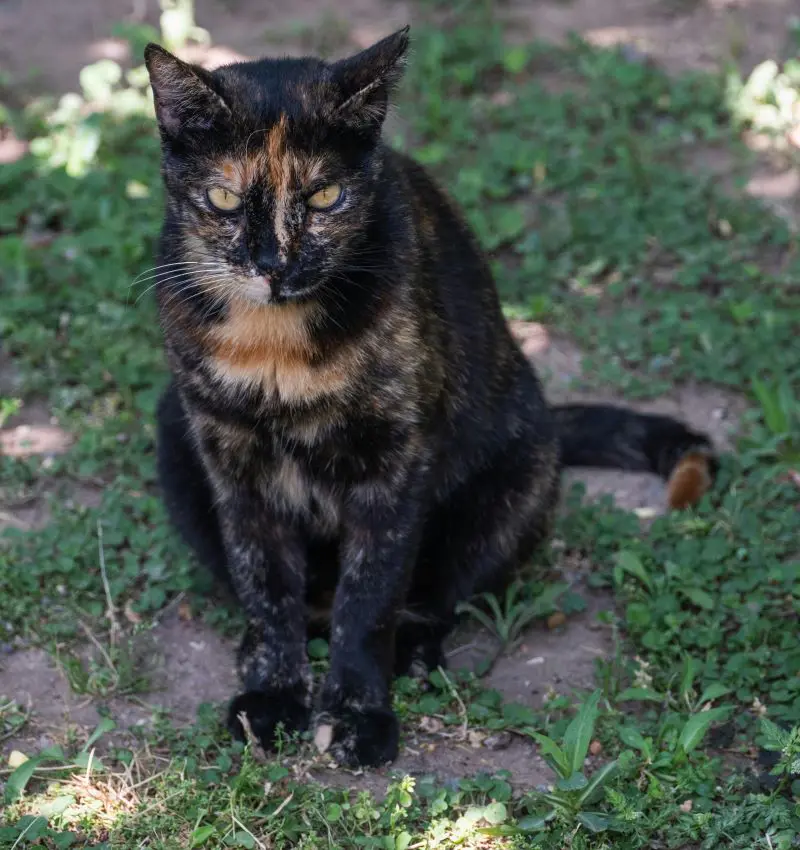
Noticing blood in your cat’s stool is a sight no pet owner wants to bear witness to. While seeing your cat excrete blood is hard enough already, this symptom could indicate something much more devastating.
Take a look at some of the issues and health conditions that cause your pet to excrete blood in cat stool.
Understanding Blood In Cat Stool
Blood on your cat's stool can be concerning, and it’s essential to take care of the situation. It appears to be shiny red or dark, and its presence can also suggest an underlying difficulty that requires interest.
The first step is to examine your cat intently for other signs and symptoms of misery or adjustments in conduct. You can also notice variations in their appetite, or grooming conduct.
When you spot blood on your cat’s stool, it’s crucial to acquire a sample to take on your veterinarian. The sample has to be fresh as it enables accurate effects for the duration of the analysis.
Causes Of Blood In Cat Stool
While the sight of blood can be concerning, it doesn't always indicate a serious condition. Early detection and professional evaluation will help your cat recover more quickly.
Here are some of the causes you should look out for:
1. Organ Dysfunction
Dark blood in cat stool is a compelling sign of organ dysfunction or failure, particularly in the kidney or liver. Blood is not necessarily visible but the symptom can be identified in the form of black or tar-like stool.
2. Food Intolerance

Your cat could be sensitive to certain foods that can cause them to excrete blood. The reaction is similar to a food allergy, hinting that the cat is unable to properly digest the food.
The symptoms usually start after a diet change. Similarly, cats may also show similar reactions to food poisoning and food additives.
3. Trauma or Injury
Detecting fresh blood in cat stool is a sign of an undiscovered internal injury. Check out for additional symptoms like inflammation or diarrhea to diagnose a hidden trauma.
4. Parasites
Visible blood in cat stool is a strong indicator of a parasitic infestation. Parasites, like hookworms or roundworms, often latch on to their host’s intentional walls.
As they feed on the cat’s blood, these parasites make puncture wounds on their victim’s intestines. The blood, then, gets mixed with their feces and excreted through stool.
5. Excessive Human Food Consumption
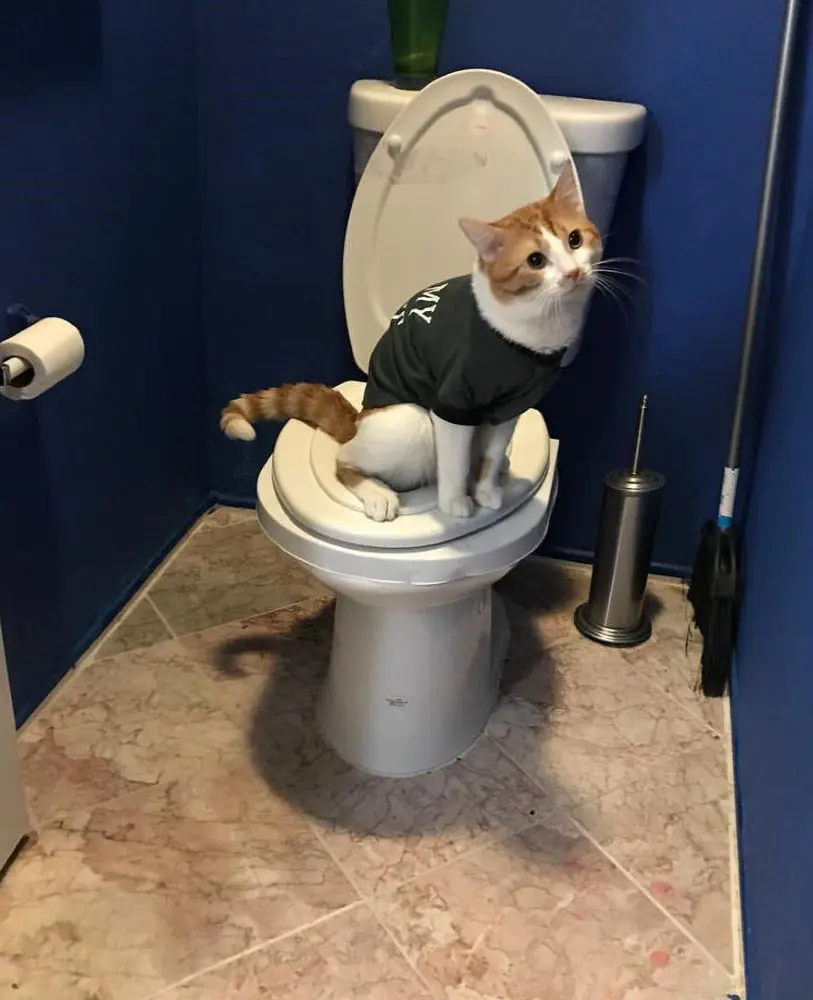
Human foods contain spices and other ingredients that a cat is not able to digest. While occasional consumption is okay, you should never make human foods a part of their regular diet.
6. Colitis
Colitis is a digestive issue, characterized by an inflamed colon. Primarily responsible for causing diarrhea, this condition is temporary and the symptoms subside after a few days.
However, in some cats, it could last for months. If your cat has a case of prolonged colitis, it’s better to take the help of a professional and not rely on the internet for treatment.
7. Cancer
Intestinal cancer is life-threatening for cats if the owner fails in early detection. Although this condition is not curable, you can extend the cat’s life by around 12-14 months if you succeed in determining at the early stages.
8. Constipation
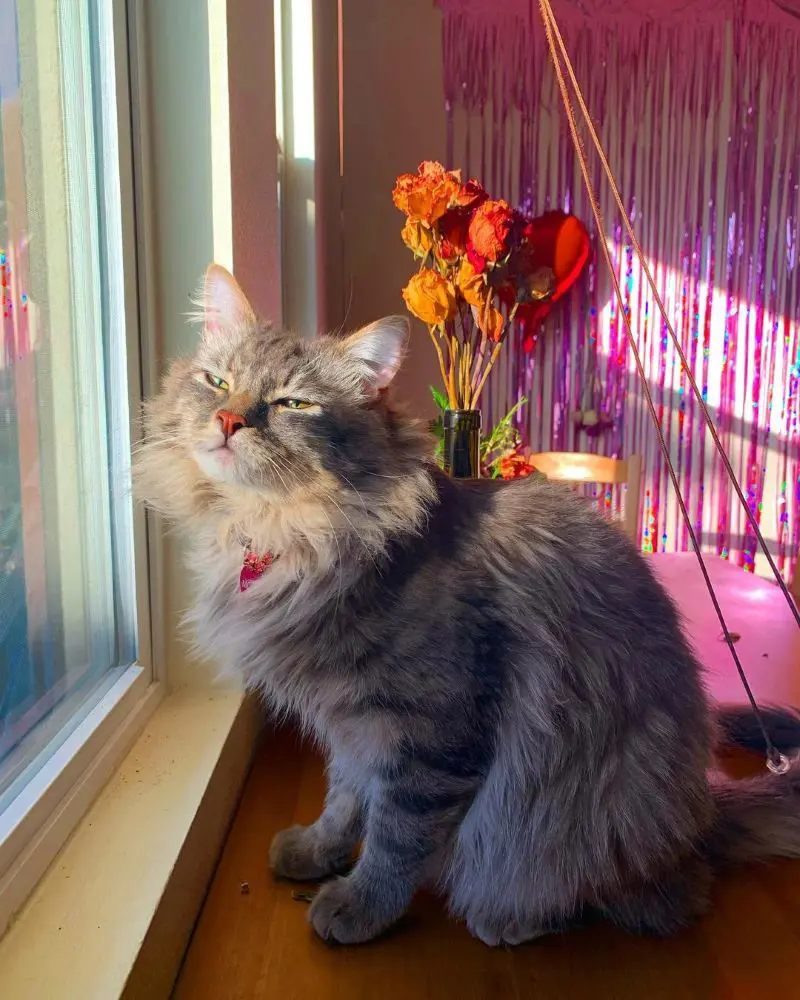
If your feline pet is struggling to defecate or producing small, hard stools, it may be showing the classic signs of constipation. As the feces gets collected in the cat’s colon, it extracts the water content, causing dry stool.
In normal cases, constipation can be treated through medications or by manually extracting the feces. However, diagnosis can be tricky as cats sometimes pass liquid feces, resembling diarrhea.
9. Toxins
Blood stool caused by toxins, especially rat poison, can be fatal to cats. As soon as you suspect the presence of blood in cat’s stool, immediately schedule a toxicology test to detect if there is poison in the cat’s bloodstream.
10. Infections
Besides a bloody stool, internal infections in cats need additional testing. The vet may conduct blood tests and skin biopsies to diagnose an infection with certainty.
The Feline Panleukopenia Virus (FPV) is responsible for more than half of the cases of cat infections. A close second is salmonella, caused by eating contaminated food.
What Does Bloody Poop In Cats Look Like?
In many cases, a visual description of the feces is enough for the vet to pinpoint the cause. The stool often differs in appearance, based on the spot of the bleeding.
1. Black Poop
Also referred to as melena, the black poop can remind you of the black plague. A black and tarry stool implies significant blood loss within the digestive tract.
Test for potential causes of black poop, including liver disorders, inflammatory bowel disease, and gastritis.
2. Bright Red Blood
Small tears in the lining of the anus, swollen veins, and small growths in the intestinal lining are the likely culprits behind the visible bright red color of a cat's poop. The bleeding usually precedes mucus in poop, diarrhea, constipation, vomiting, and loss of appetite.
3. Water Blood
Extreme cases of bloody diarrhea result as an after-effect of inflammation and urinary bleeding. If it is accompanied by symptoms like lethargy, and loss of appetite, your cat could be going through a severe health crisis.
4. Blood Clots in Poop
Blood in the lower digestive tract may clot and look dark red if it is unable to find an exit passage. This is a major symptom of a physical injury to the intestinal tract, but can also indicate other blood clotting issues.
Is Blood In Cat Poop Normal?
Even when the cat is acting normal, a bloody stool should never be treated as normal. Usually, by the time the blood becomes visible in poop, the cat is already severely affected by the disease or health issue.
Bleeding from the bottom is not the same as the mostly harmless nosebleed. The bleeding, if persistent for several days, should be handled by a professional without delay.
Diagnosing Blood In Cat Feces
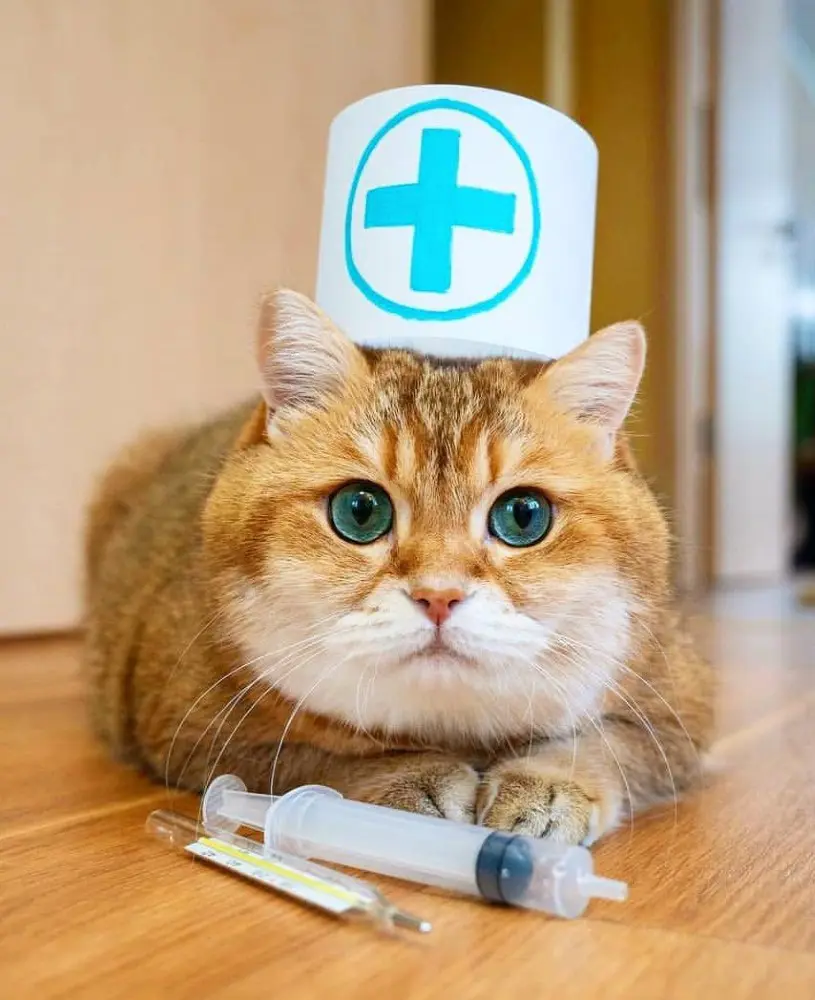
Diagnosing the actual cause of bloody poop in cats is not possible at home. Several blood tests and stool analyses may be required to identify the real culprit behind the condition.
1. Physical Examination
The diagnosis begins with the vet conducting a physical exam on the cat. This may or may not be enough to detect the factor responsible for the bleeding.
2. Medical History Review
A crucial step in diagnosis, a cat’s medical history can tell many things about the cat’s health and genetics. It also contributes in determining the vulnerable spots that are more likely to suffer damage or injury, resulting in bleeding.
3. Blood Tests
Conducting a blood test is usually the best way to pinpoint the trigger. Ask for a complete blood count to rule out the chances of any defect in their RBCs and WBCs.
4. Imaging
After completing the blood tests, the professional may suggest imaging as the last step to confirm the cause. Procedures like x-rays and endoscopy, while expensive, can be life saver to your cat.
Is Blood in Cat Stool An Emergency?
Bloody poop isn’t a disease in itself; it is a sign of a hidden ailment or trauma. Except in a few cases, the bleeding doesn’t subside within a few days.
So, for the sake of your pet’s life, it’s imperative to treat every warning as an emergency. You can wait until the next day if the blood is dry; however, poop with bloody water requires swift action on your part.
Top Lists
